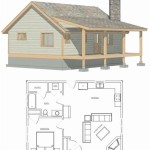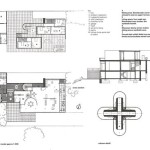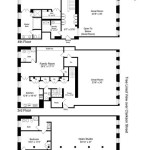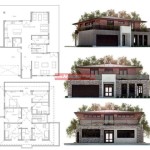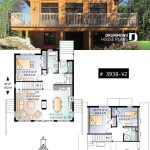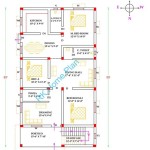New England Style Colonial House Plans
New England Colonial architecture, with its enduring charm and historical significance, remains a popular choice for homeowners seeking a classic aesthetic. This architectural style, born from practical necessity and adapted to the region's climate, offers a range of distinct characteristics that continue to appeal to modern sensibilities. Understanding the nuances of New England Colonial house plans allows prospective builders to choose designs that capture the essence of this timeless style.
Several subtypes exist within the broader category of New England Colonial. The Garrison Colonial, recognizable by its overhanging second story, offered added defense in the early colonial period. Saltbox Colonials feature an asymmetrical roofline, with a long, sloping rear roof extending down to cover a first-floor addition. Cape Cod Colonials, known for their symmetrical facades, steep roofs, and central chimneys, are particularly suited to colder climates. Finally, Georgian Colonials represent a more grand and elaborate interpretation of the style, often featuring ornate details and symmetrical layouts.
Common features unite these different subtypes. Wood siding, typically painted in muted colors like white, gray, or beige, is a hallmark of New England Colonial homes. Multi-paned windows, arranged symmetrically around the front door, contribute to the classic look. A central chimney, reflecting the importance of fireplaces for heating in the past, often serves as a focal point. Steeply pitched roofs, designed to shed snow and rain effectively, are another characteristic detail. These elements combine to create a sense of balance, symmetry, and practicality.
Modern adaptations of New England Colonial house plans often incorporate contemporary amenities while retaining the core aesthetic principles. Open floor plans, which maximize space and natural light, are a popular modification. Updated kitchens with modern appliances and larger islands cater to contemporary lifestyles. Master suites, often incorporating luxurious bathrooms and walk-in closets, offer enhanced comfort and privacy. These adaptations allow homeowners to enjoy the charm of a traditional style while benefiting from modern conveniences.
When selecting New England Colonial house plans, several factors warrant careful consideration. Lot size and orientation play a crucial role in determining the suitability of a particular design. A Cape Cod, for instance, might be ideal for a smaller lot, while a Georgian Colonial would require a larger footprint. The local climate should also inform the choice of materials and insulation. Energy efficiency considerations can be addressed by incorporating features like double-paned windows and proper insulation.
Budgetary constraints are another important factor. The complexity of the design, the size of the house, and the chosen materials can significantly impact construction costs. Working with a reputable builder and architect can help ensure that the project stays within budget. Careful planning and realistic expectations are essential for a successful outcome.
Beyond the structural aspects, the landscaping surrounding a New England Colonial home plays a vital role in completing the overall aesthetic. Traditional landscaping often incorporates elements like manicured lawns, stone walls, and flowering shrubs. The choice of plants should reflect the local climate and complement the architectural style. A well-designed landscape enhances the curb appeal and creates a welcoming atmosphere.
Choosing the right house plan requires thorough research and careful consideration of individual needs and preferences. Exploring various architectural plan resources, both online and offline, can provide a wealth of inspiration and information. Consulting with architects and builders who specialize in New England Colonial homes can provide valuable expertise and guidance throughout the design and construction process.
The enduring popularity of New England Colonial house plans speaks to their timeless appeal and adaptability. By understanding the core characteristics of this architectural style and carefully considering individual needs, prospective homeowners can create homes that blend classic charm with modern functionality.
Preserving the architectural integrity of a New England Colonial design often involves adhering to certain guidelines during the building process. Attention to detail, such as the appropriate choice of window styles and exterior paint colors, is crucial. Maintaining the traditional proportions and scale of the various architectural elements contributes to the overall authenticity of the design.
Furthermore, considering the historical context of New England Colonial architecture can enrich the design process. Researching the origins and evolution of the style can provide valuable insights into the design principles that underpin this enduring architectural tradition. Understanding the historical significance of various architectural elements can inform design choices and enhance the overall authenticity of the project.

New England Colonial House Plans Monster

Colonial Early New England Homes

Elbring New England Style Home Homes Colonial House Plans Cape Cod

Plans Two Story Modular Homes Colonial House New England Home

Colonial House Plans Dutch Modern More Monster

Elbring New England Style Home Homes Colonial House Plans Cape Cod

Vintage House Plans This Week We Are Looking At New England Salt Box Style Homes On Th Colonial

Plan 042h 0021 The House

Colonial House Plans Southern Floor

Colonial House Plans The Plan

